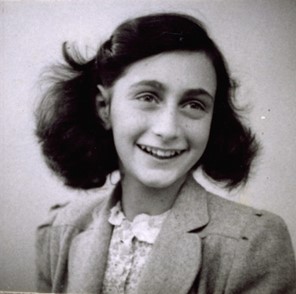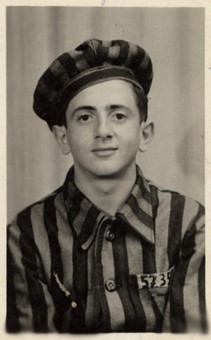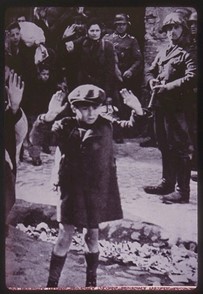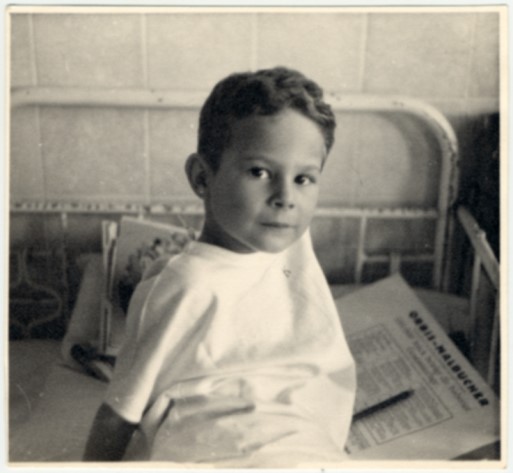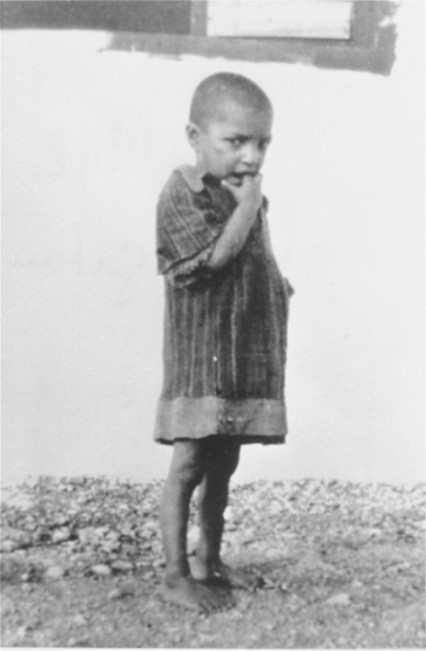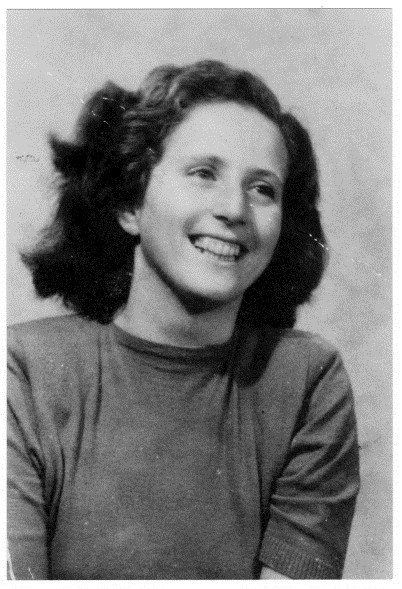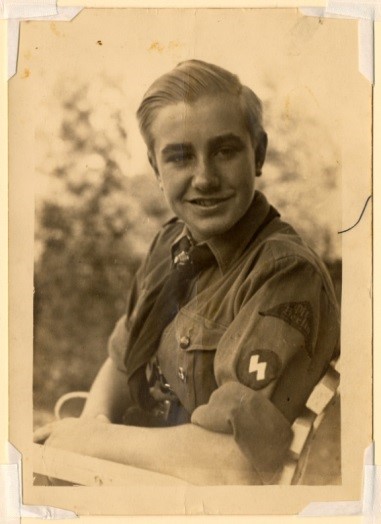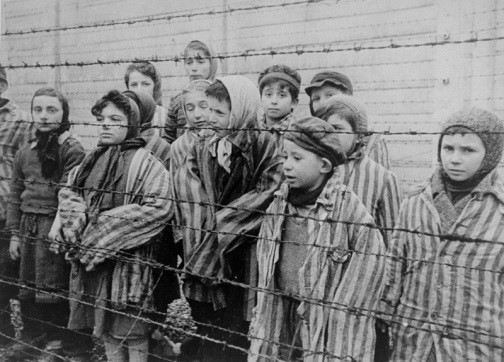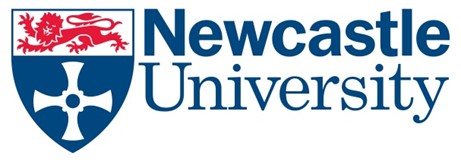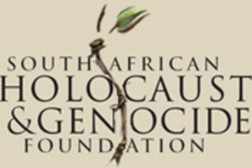Under Nazi Rule
The Nazis brought many countries and vast areas of Europe under their control by annexing, invading, and occupying them, but this happened gradually, over several years. Austria, for example, was annexed in March 1938. Poland was invaded on 1 September 1939, which led to the outbreak of the war. Hungary, by contrast, was invaded by German troops as late as March 1944.
This means that there is no simple chronological story about what it was like to be a child living in an area under Nazi rule. Children's lives were very different, depending on where they lived and when, and of course the Nazis' policy toward the social groups the children belonged to played a crucial role. The Nazis persecuted many different groups in society, most notably Jews, Sinti and Roma, handicapped people, regime critics, or homosexuals.
Even within one country at one particular point in time, the fates of children belonging to the same social group could be very different: some Jewish children tried to escape the Nazis by hiding (either literally, in forests, attics or cellars) or by pretending they were not Jewish; others were forced to live in ghettos; and others were deported to concentration and extermination camps where they were murdered. In total, about 1.5 million Jewish children died in the Holocaust.

